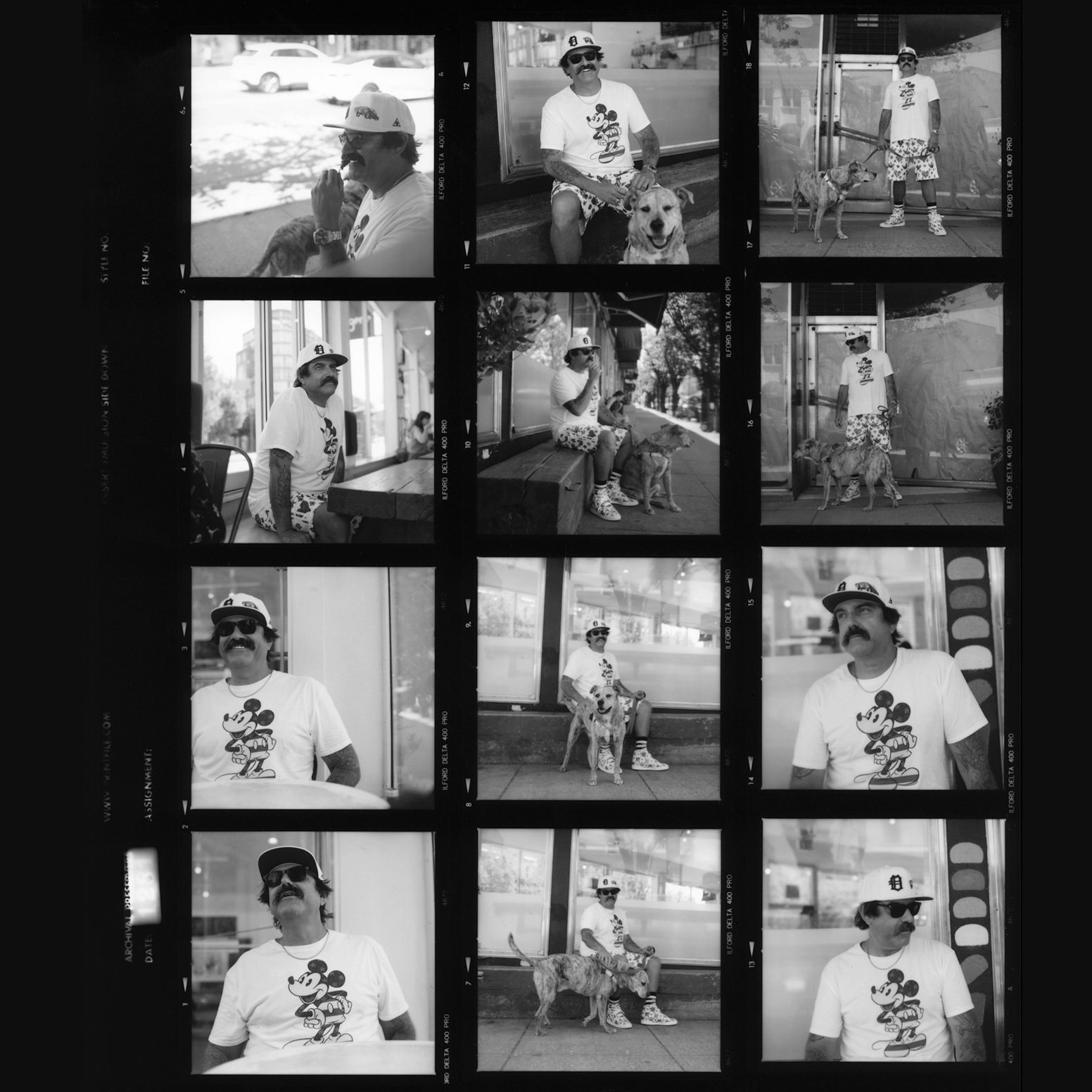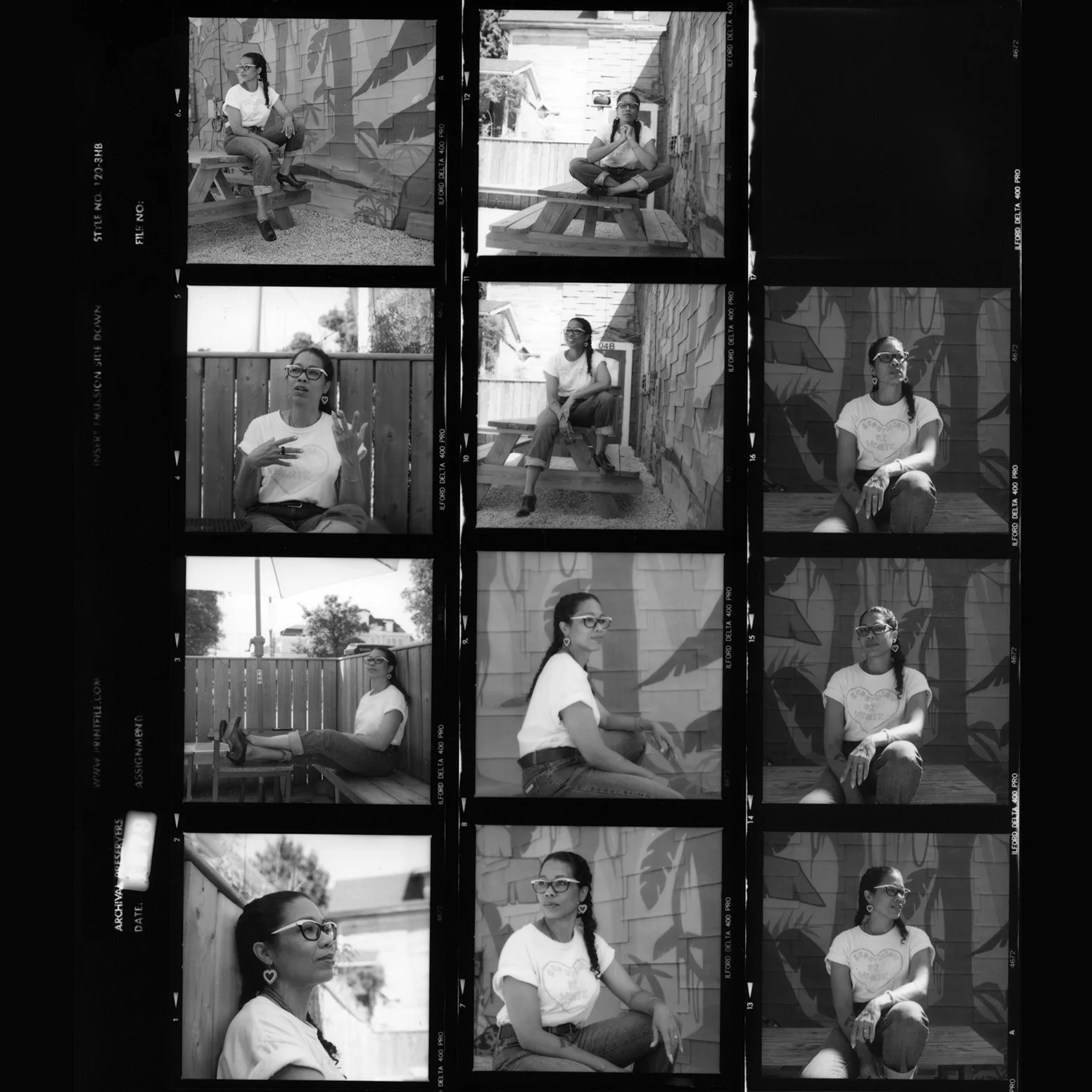Review: The Nether
/Photo by Raymond Shum
In Jennifer Haley’s sci-fi theatre piece, we are transported to a future where the Internet is a virtual world called The Nether, and not only is it just as real as our world offline, it is better. The play opens with the interrogation of Mr. Simms, a.k.a. “Papa” (David Bloom). Papa is arrested for creating a realm within the Nether called “the Hideaway”—a beautiful place that imitates Victorian era nostalgia, and a home away from home for pedophiles to (virtually) act out their desires “without consequence.”
We flash forwards and backwards between cold, black scenes of interrogation in the offline world and bright, childlike scenes of wonder in the virtual Hideaway world. We discover Mr. Simms’ complex motive for creating the Hideaway, meet Mr. Doyle (Linden Banks), a tortured witness, Mr. Woodnut (Douglas Ennenberg), a curious—but hesitant—new guest, Detective Morris (Lissa Neptuno), who harbours a dark secret on her own, and the charming Iris (Julia Siedlanowska), a virtual little girl you can hack to pieces only to revive with no consequence.
Each character hides something beneath a shell that has been toughened by the anonymity of cyberspace. No one wants to know who they truly are. Then, this is all shattered—gorily, if you think about children being hacked to pieces—into fragments of vulnerability as the actors and actresses each seamlessly guide their character from virtual stoicism to true destruction. True selves and true relationships do get revealed, and messily.
For a play with such starkly contrasting, meaningful settings, staging for The Nether was eerily minimalist, leaving most of its visuals to the audience’s imagination. This minimalistic effect continuously spurs the audience to ask what is truly real and unreal in this futuristic world where the two fade into each other. The cold, grey interrogation room and the people in it, wearing dark and drab clothing, is definitely real because it is offline. But what about the emotions experienced in the Hideaway, such as the warmth and beauty of the setting and the promise of safety? If there is meaning to the Hideaway experience, Detective Morris contemplates, those who experience this must be monsters.
A lack of props also play with the idea of reality and unreality. We see characters trace their fingers against a table as an act of “logging in” to a device, but no prop represents the device. So, it is up to the audience to imagine this futuristic technology. There are also no props in the Hideaway scenes save a gramophone and a glass cake, both important symbols that affect the characters’ relationships. Are these objects then real? (And therefore monstrous?)
The Nether also succeeds in convincing its audience of the horror and inevitability of an advanced, apocalyptic world in hauntingly simple language. No tech-speak is necessary because we don’t need to be convinced that highly realistic realms which fulfill our fantasies, no matter how dark, can become our future if the Internet continues in this way. With an intimate cast and an even more intimate setting, The Nether is eighty minutes of intense questioning of what it means for our civilization if it continues in this direction. A dark and at times disturbing piece, The Nether wonders when our darkest thoughts stop being thoughts and become sin.
The Nether runs from January 18 to 28, at the Firehall Arts Centre. Tickets for upcoming performances can be found here.


















